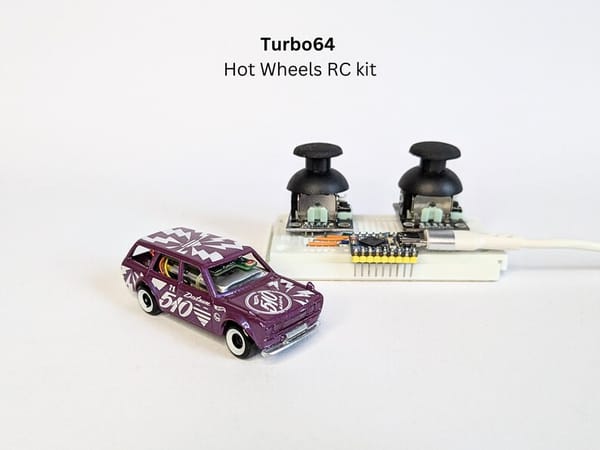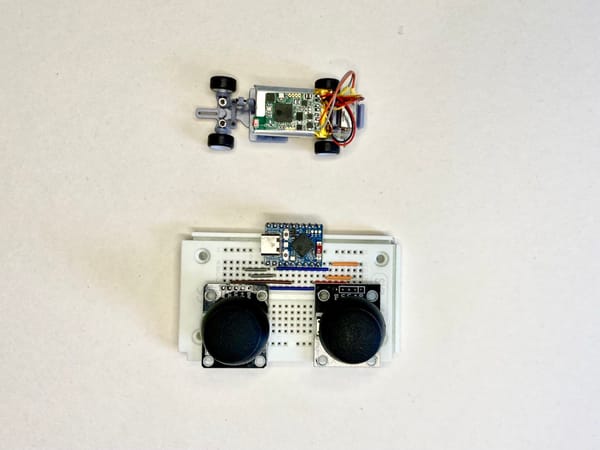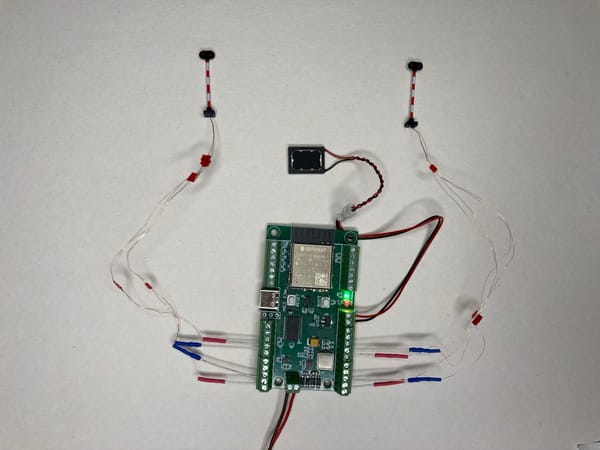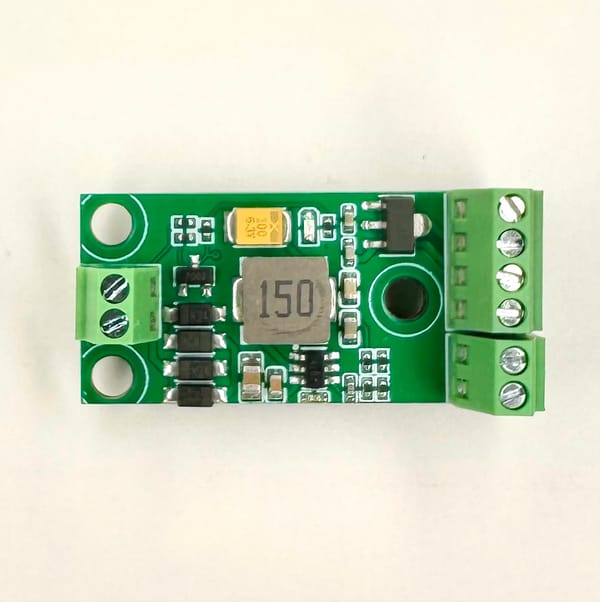Why Digital Command Control (DCC) electronics for model railways is so expensive and how can we solve it?

Today I want to explain what you're paying for when ordering a DCC multifunction decoder, accessory decoder, and other electronics for your layout. and what is the main reason that they are so expensive and how we in Loco.Engineering is trying to solve this problem to make model railways accessible for more people (even with small budgets and young guys). Let's start from the basics - what is needed to send a DCC message, receive that DCC message and do some actions (move a train, turn on LEDs, etc).
DCC basics
DCC is a very simple protocol that is a bit over-engineered and already outdated, to be honest. If you still don't know or understand how it works look at the following example. Imagine you have a model train motor that you can start/stop/change the rotation direction. You can rotate a motor for 1 second forward and 1 second back. Also, you can rotate a motor for 2 seconds forward and for 2 seconds back. of course, it's just an example because there is no value in rotating the motor forward and back for the same periods. DCC works in the same way - a command station powers rails with very short intervals - around 58 μs and 100 μs (intervals in 58μs and 100μs is a standard developed by NMRA). For example, the command station sends +12V (voltage depends on a command station model, 12V is just an example) during 58μs (if you connect a motor, it will rotate forward for 58μs), then -12V during 58μs(the same motor will rotate backward for 58μs, etc), then +12V during 100μs, and finally -12V during 100μs. Of course, if you just connect a motor to rails with such a DCC signal you'll see nothing in most cases but if you have a very responsive motor you'll hear some noise from the motor. This means that you need something that can understand that the voltage in rails is changed from +12V to -12V, and how long +12V occurs. Here we use DCC decoders that can convert voltage changes (from +12V to -12V) and durations of how long +12V is kept in rails to some messages that we can use to control trains, signals, etc. If a decoder detects that rails have +12V for 58μs, a decoder thinks that it's 1, and if rails have +12V for 100μs, a decoder interprets it as 0. By combining such "0" and "1" we can send/read messages like when you write in any chat application. There are a few standards or protocols that describe what different combinations of 0 and 1 mean. The basic protocol is developed by NMRA and you can find more details on the official website.
How do DCC command stations work?
Let's check what components are required to send and handle DCC messages. To send a message to a decoder you need
- MCU "thinks" about what message should be sent. For example, you press a button on a station command to turn on the lights of a loco and MCU finds how many 0 and 1 (message structure) should be in a message that should be sent to a loco's decoder
- The motor driver converts a digital message from MCU to voltage signals (a motor driver power rails with +12V and -12V during different periods as we described in the previous chapter) that go to rails and then are handled by decoders
That's it. The cost of those 2 components is 5-10 EUR, but I guess you know how much command stations are cost. Of course, command stations have buttons and small/big screens but components for a command station still cost not more than 20-30 EUR. So the reasonable price for a command station like Marklin Mobile Station is 70-80 EUR. Everything is paid on top of it - distribution fees and marketing. Well, but what do Loco.Engineering and WCC introduce? With Loco.Engineering and WCC you don't need command stations anymore because each decoder on a model railway layout has an MCU microchip that can not just receive messages from other trains and accessories but can send messages to others (in a traditional DCC-only command stations send messages to trains and accessories). To update logic on decoders you can use computers, mobile phones, or tablets that can communicate with decoders directly without additional devices and any wires. This means that you can not just reduce costs on your model layout but simplify electronics a lot.
How do DCC decoders work?
Let's check what is needed to handle a DCC message on a decoder and do some actions when a new message is received:
- Rectifier bridge to convert alternative current (if you remember, in DCC a command station powers rails with positive and negative voltage during some periods) to direct current
- An optocoupler or just a few diodes and resistors to transform positive and negative voltage changes to digital 0 and 1
- MCU to handle digital 0 and 1
- A motor driver to control a DC motor
- Mosfets for high-load outputs
- (Optional) Digital to analog converter for sound
You can check at electronics online stores how much such components cost. The total amount will be up to 20 EUR including digital to analog converter for sound even if you buy components just for 1 decoder. In case we want to add wireless communication it will be a bit more expensive - around 25-30 EUR. So the reasonable price on classic sound DCC decoders should be around 45-55 EUR and on wireless sound DCC decoders should be around 65-75 EUR. And now just check how much your sound decoders cost. There is one brand that has very nice decoders for a reasonable price - of course, our decoders and decoders from Hornby. So what value Loco.Engineering and WCC introduce for DCC decoders?
- CV programming is not required anymore - the whole logic of a decoder can be updated directly from a computer, mobile phone, or tablet.
- Decoders can send messages not just receive messages
- Better and faster message delivery because all messages are being delivered over the air not rails
- Tracking train and vehicle locations with NFC
- Wireless Command Control is an open protocol, all wireless decoders available on the market use a proprietary protocol to communicate between applications and decoders. With WCC you're able to create your web and mobile applications and even control layout from your single board computer like Raspberry Pi
- Layout automation is a base feature
- Low cost - 55-75 EUR for wireless sound decoders with most modern IoT technologies
- Friendly documentation (not a pdf file)
Loco.Engineering and WCC decoders are available in our online store - https://loco.engineering/products. Feel free to contact us at hey@loco.engineering in case any questions or ideas about how we can improve and what we can add to our decoders.




